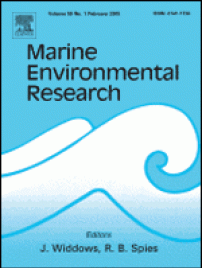
In this paper, we describe and evaluate the construction of a metatranscriptome dataset from a pelagic crustacean zooplankton community. We sampled zooplankton in one marine station, named LW02, in the North Sea, in both winter and summer, and generated transcripts using Oxford Nanopore Technology (ONT), a third-generation nanopore-based sequencing technology. ONT is, uniquely, capable of sequencing RNA directly, rather than depending on reverse transcription and PCR, and applicable to be used directly in the field. We found that metatranscriptomics is capable of species detection, including screening for the presence of endoparasites, hence competing with morphological identification. The most abundant mRNA transcripts with known function coded for essential metabolic processes. Although small in scale, our study provides the basis for future efforts to characterize the metatranscriptome of marine zooplankton communities and its application in biomonitoring programs.